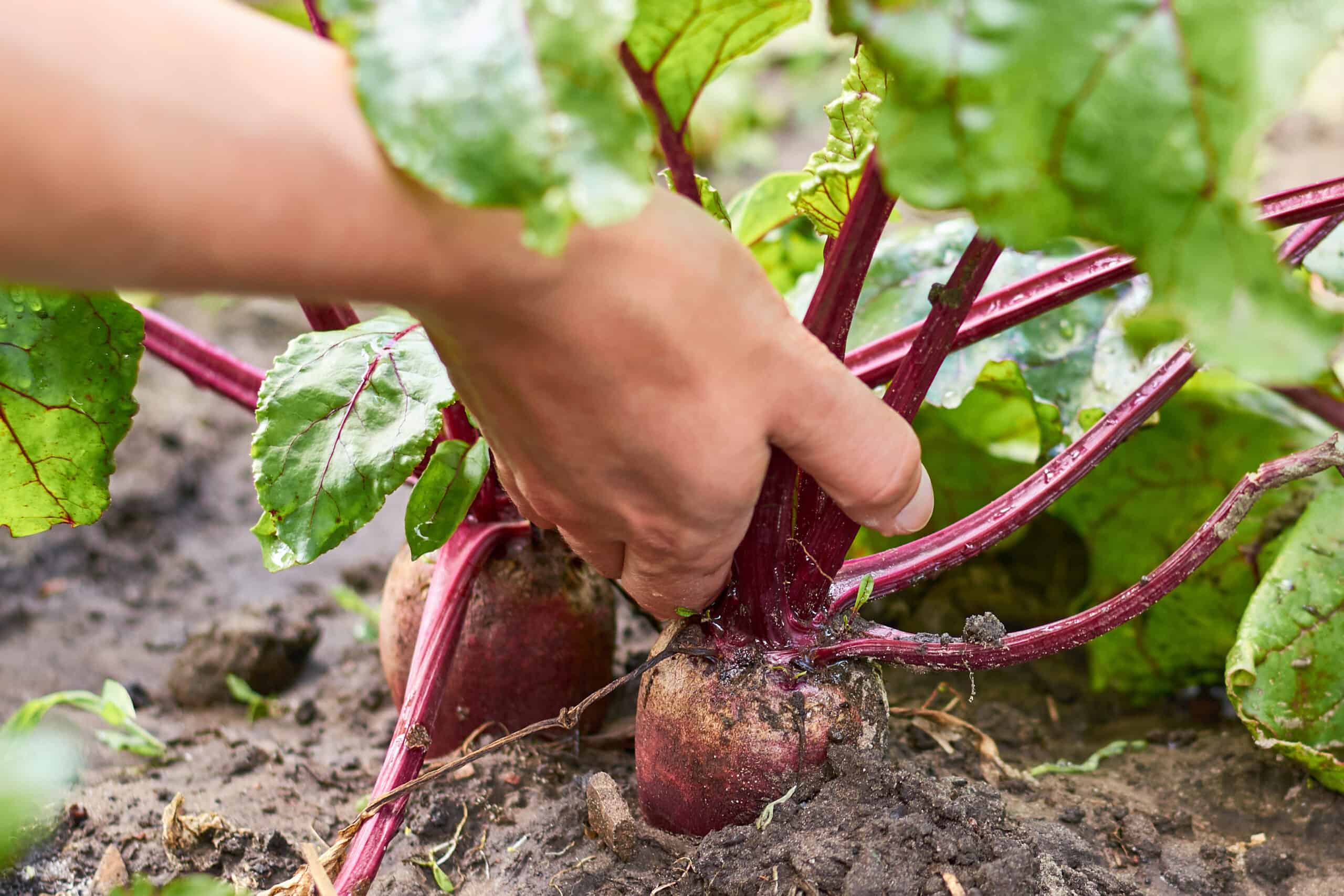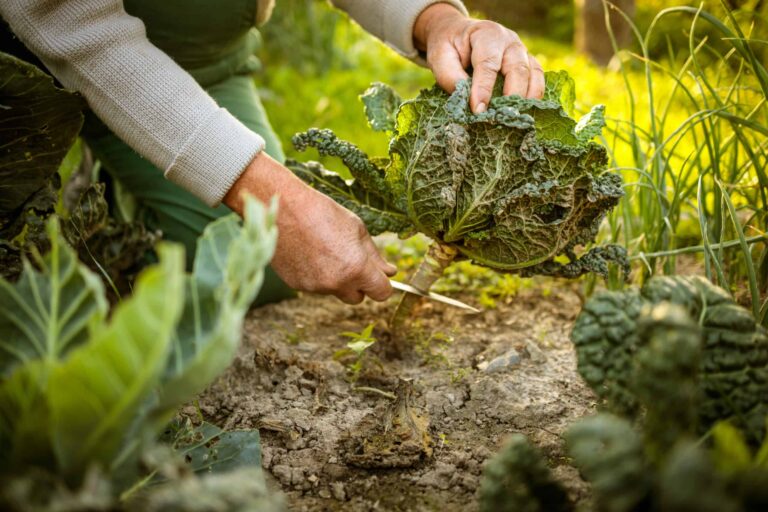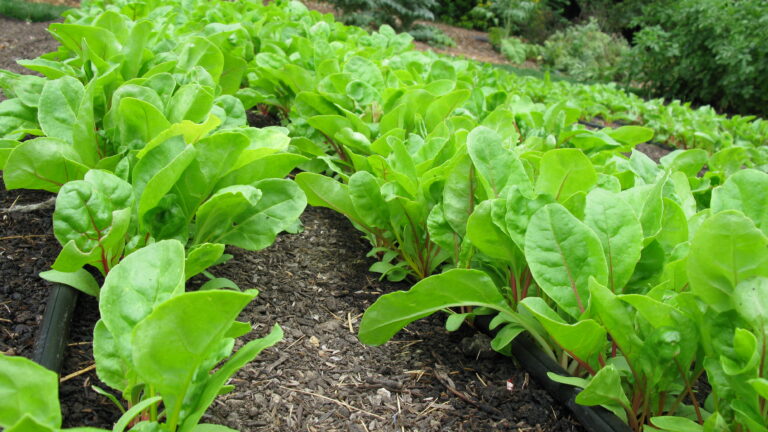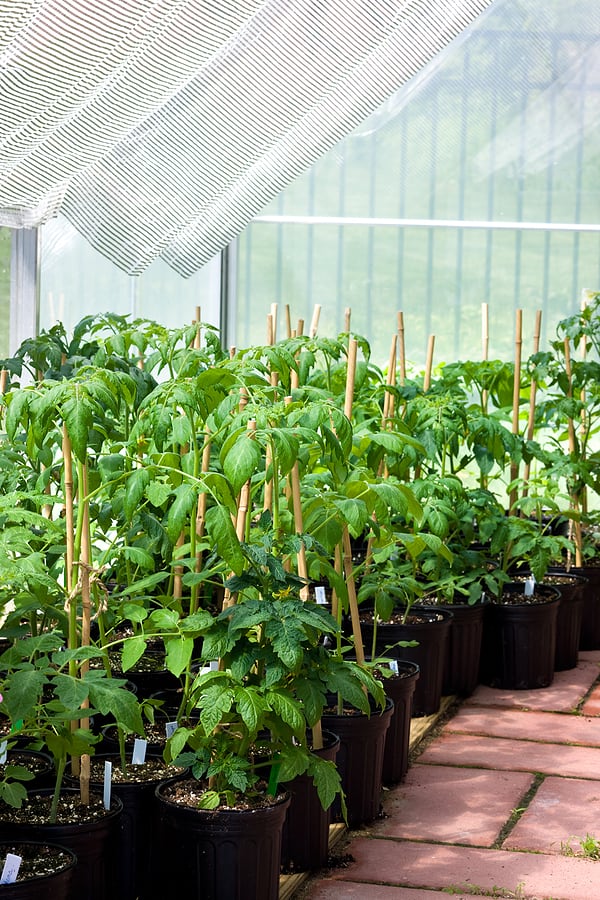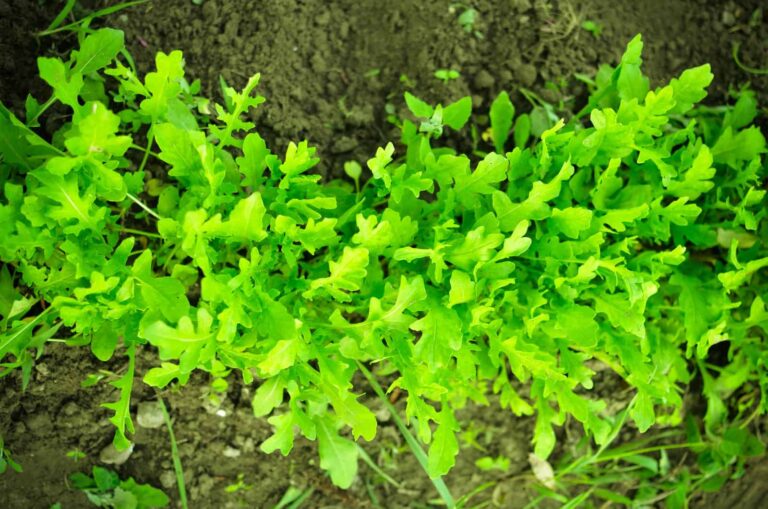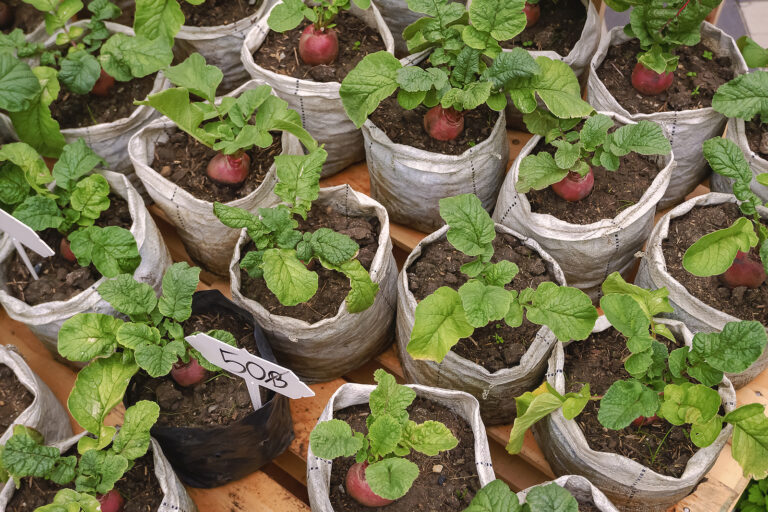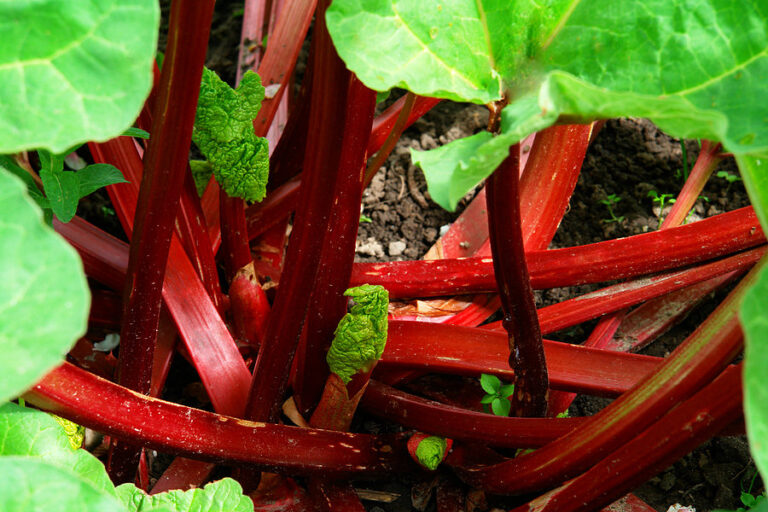How to Harvest and Store Beets
Harvest beets when root tops are 1 to 1½ inches in diameter but not more than 3 inches in diameter. Beets that are allowed to get much bigger than 3 inches (7 cm) across often become tough and fibrous.
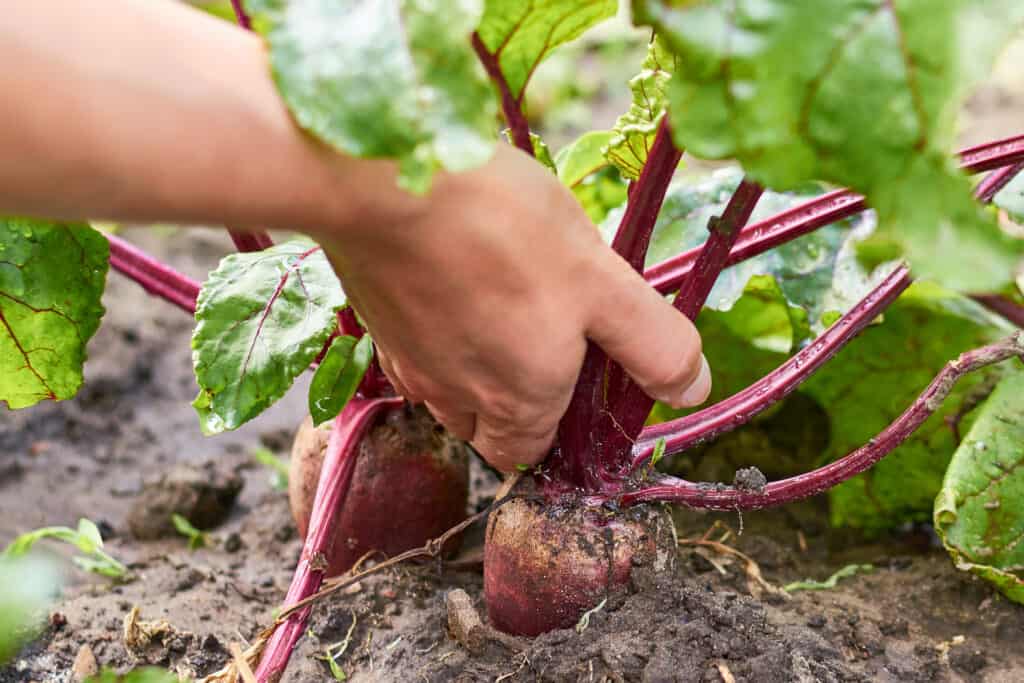
When to harvest beets
- Beets mature 45 to 60 days after sowing.
- Beets are cool-season plants that grow best at temperatures between 60° and 65 °F (15-18°C).
- Beets do not grow well and flavor will suffer if grown where daytime temperatures are consistently greater than 80°F (26°C).
- Where winters are mild and the soil is well-drained, leave beets in the ground as long as possible.
- Where the ground freezes, lift beets before the soil freezes or protect them under a 12-inch (30 cm) thick layer of mulch–leaves, straw, or hay—that covers the planting bed and extends out 18 inches (45 cm) or more. If protected from freezing, the mulch can be pulled back during the winter and roots lifted.
- Beets stored in the garden must be harvested before new top growth begins in spring. Roots stored in the ground should be used within a day or two of harvest.
Related articles:
How to harvest beets
- It’s best to pull beets when the soil is dry. Pull or lift roots carefully from the garden so as not to break or injure them. Use a garden hand fork to loosen the soil around the roots if necessary.
- Twist off the greens after lifting the roots. Cutting away the top of the root will cause it to bleed. Removing the tops before storage will greatly extend storage life.
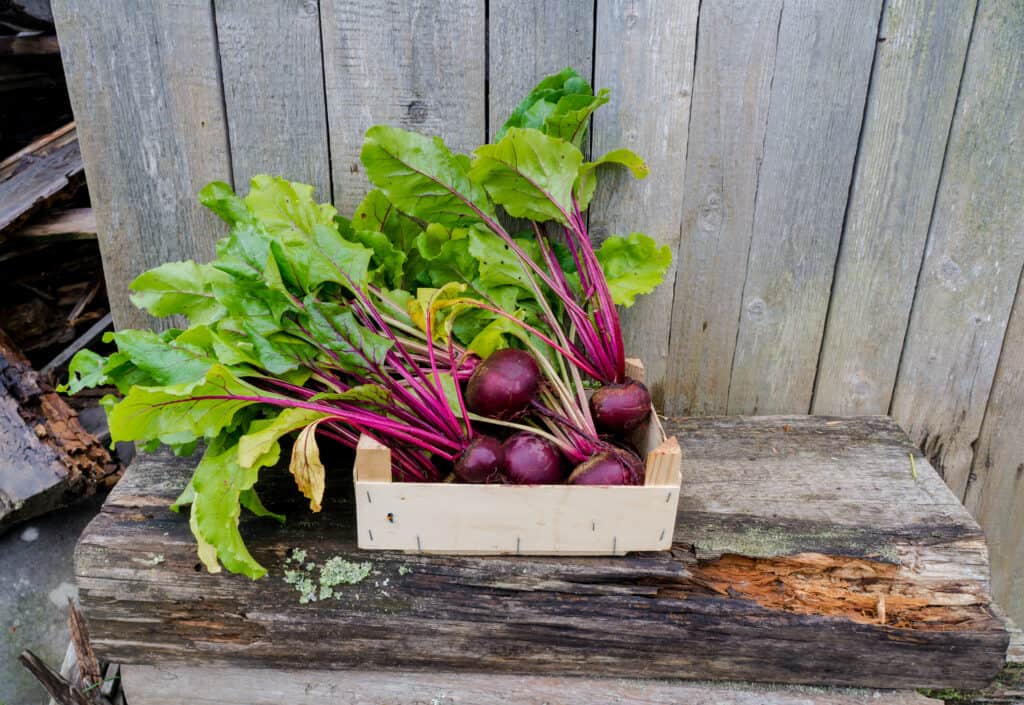
How to store beets
- Store the best roots; damaged or bruised roots will not store well and should be eaten soon after harvest. Gently rub soil from the roots before storing them. Don’t wash roots before you store them; if you do, be sure to dry them thoroughly.
- Store beets in a cold moist place as near to freezing as possible without actual freezing, 32°-40°F (0°-4°C), and 95 percent relative humidity.
- Store beets in the refrigerator and placed in a perforated plastic bag in the vegetable crisper drawer. Beets will keep in the refrigerator for 1 to 3 months.
- If there is no room in the refrigerator, beets can also be packed in a container—a bucket or plastic storage box, or cooler–in moist sand or sawdust. Don’t pack roots too tightly; if the roots touch they can start to rot; be sure to leave 2 inches (5 cm) of insulating material around at the top, bottom, and sides of the stored roots. Set the lid loosely so that there is good air circulation and place the container in a cold place such as a basement, garage, or shed.
- Check roots in storage often and remove any that show signs of deterioration.
Beets Growing Hub
Start here: Ultimate Guide to Growing Beets from Seed to Harvest
1. Getting Started (Timing, Planting, Varieties)
- When to Plant Beets: Timing by Season and Region
- Beets Seed Starting Tips
- Thinning and Spacing Beets for Better Roots
- Beet Varieties for Small Spaces and Containers
- Best Beet Varieties for Sweet Flavor and Tender Texture
2. Growing & Care
- Best Companion Plants for Beets (And What to Avoid)
- How to Fertilize Beets for Root and Leaf Growth
- How Much Water Do Beets Need? A Watering Guide
- How to Grow Beets in Raised Beds and Containers
- Growing Beets in Hot Weather: Challenges and Solutions
- Succession Planting Beets for a Continuous Harvest
3. Problems & Troubleshooting
- Why Are My Beets Not Forming Roots? Common Growing Problems Solved
- Beets and Swiss Chard Growing Problems: Troubleshooting
4. Harvest, Storage & Kitchen Use
- How and When to Harvest Beets for Best Flavor
- How to Harvest and Store Beets
- Seven Ways to Cook and Serve Beets
Beets articles at Harvest to Table:
How to Harvest and Store Beets
Beets and Swiss Chard Growing Problems: Troubleshooting
Seven Ways to Cook and Serve Beets
Baby Beets, Baby Carrots, and Sugar Snap Peas Salad
Baby Beets: Steamed, Baked, Pickled
Beets articles at Harvest to Table:
Beets
and Swiss Chard Growing Problems: Troubleshooting
Seven Ways to
Cook and Serve Beets
Baby
Beets, Baby Carrots, and Sugar Snap Peas Salad
Baby
Beets: Steamed, Baked, Pickled
Kitchen tips: How to Cook and Serve Beets
Growing tips: How to Grow Beets
Garden Planning Books at Amazon:
More harvest tips:
Learn when and how to harvest your favorite vegetables for the best flavor and texture. Get storage tips for each crop. Click on the vegetable you are growing below.

